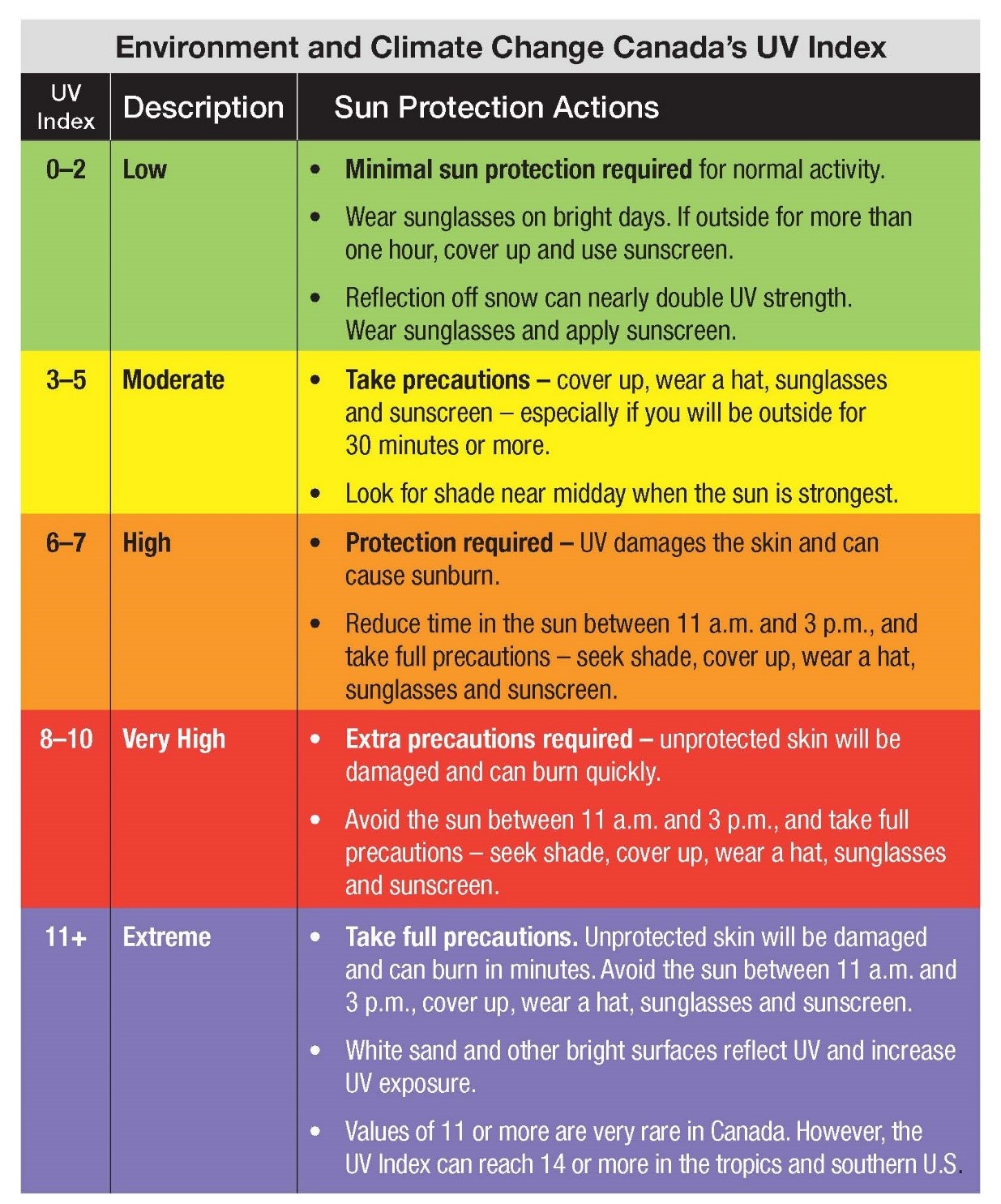Skin cancer prevention
Tips for skin cancer prevention:
The National Council on Skin Cancer Prevention advocates for the adoption of one, several, or a combination of these sun safety practices to safeguard your skin against the harmful rays of the sun. Embracing even a single practice is beneficial, but incorporating multiple measures amplifies your level of protection. Of utmost significance is shielding children from the detrimental consequences of sun exposure, as sunburns endured during childhood significantly heighten the likelihood of developing skin cancer in the future. By being a positive role model, you can inspire and influence others to prioritize sun safety as well!
Make sunscreen part of your daily routine:
- Use a broad-spectrum sunscreen with Sun Protection Factor (SPF) 30 or higher for protection from UVA and UVB radiation
- Apply 30 minutes before going outdoors
- Reapply every two hours or more frequently if sweating or in water
Wear protective clothing:
- A wide-brimmed hat and sunglasses
- Long-sleeved shirt and pants
- UPF clothing or use a UPF additive in your washer
- Wide-brimmed hats are best
- Sunglasses with UV protection
Be smart around the sun:
- Stay out of the sun between 10 a.m. and 4 p.m.; this is when the sun’s rays are the strongest
- Seek shade when possible from an umbrella, tree, or other shade structure
- Use extra caution near water, snow, and sand. These surfaces reflect the damaging rays of the sun, which can increase your chance of sunburn
Do not burn or tan:
- Never tan intentionally
- Do not use tanning beds
- Ultraviolet light from the sun and tanning beds causes skin cancer and premature aging
- Having 5 or more sunburns doubles your risk for melanoma
Check the UV index before heading outside and protect your skin accordingly:
- Dermatologists recommend sun protection when the UV index is 3 and above
- As levels approach 6 and above, it’s best to limit your time in the sun
- Environment and Climate Change Canada shares the following UV index to inform Canadians about the strength of the sun’s UV rays. UV rays can cause sunburns, eye cataracts, skin aging and skin cancer. The higher the UV index number, the stronger the sun’s rays, and the greater the need to take precautions which are listed in this table. It’s important to note that the UV reflection off snow or water can be a particular concern in Newfoundland and Labrador
